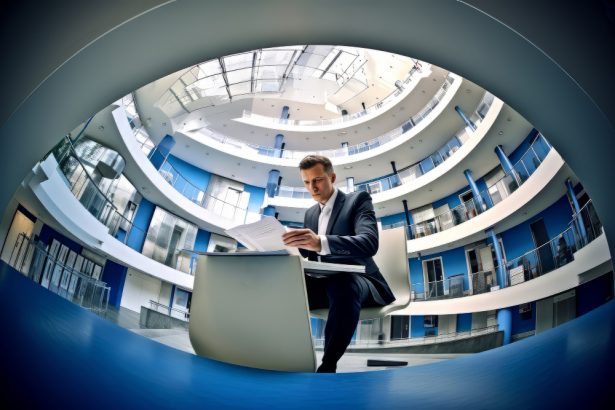In an age defined by accelerating technological advancement, where automation continues to reshape industries, workflows, and even individual roles, a central question has taken on new urgency: how can businesses, organizations, and individuals embrace automation without diminishing the essential human elements that make interactions authentic, empathetic, and meaningful? As artificial intelligence, robotics, and data-driven algorithms increasingly handle tasks once performed by humans, the potential benefits are undeniable—efficiency, precision, scalability, and cost optimization. Yet alongside these gains lies a subtle danger: the erosion of qualities that form the backbone of trust, creativity, and emotional connection. The human touch, intangible yet invaluable, is what transforms a simple transaction into a relationship, a routine process into an experience, and an ordinary exchange into a moment of understanding.
Finding the right balance between automation and humanity requires not a passive acceptance of technological inevitability but a thoughtful strategy—one that integrates purpose, ethics, and empathy into every decision regarding what to automate and what must remain uniquely human. Increasing evidence suggests that successful integration depends on reimagining automation not as a replacement for people but as an augmentation of human potential. When technology supports workers rather than supplants them, it can liberate creativity, enhance decision-making, and bring greater satisfaction to both employees and customers.
This nuanced approach shifts the narrative from one of substitution to collaboration, forging a future in which machines handle repetitive, data-driven, and dangerous tasks while humans retain the roles demanding intuition, compassion, and moral discernment. Automation, when deployed with sensitivity, becomes a tool for empowerment rather than alienation. It not only streamlines workflow but also allows for the rediscovery of what makes human work deeply meaningful—connection, purpose, and growth. The challenge—and opportunity—lies in creating frameworks that value human contribution alongside technological progress, ensuring neither is sacrificed in the pursuit of the other.
Building a Framework for Human-Centric Automation
Balancing automation with humanity requires a deliberate, multilayered design philosophy that considers not only technical efficiency but also emotional intelligence, organizational culture, and long-term sustainability. Successful examples across industries—from healthcare and customer service to manufacturing and education—demonstrate that the real power of automation lies in its capacity to amplify what people do best, rather than erase it. In healthcare, for instance, automated systems can analyze vast quantities of patient data, enabling doctors to make faster and more accurate diagnoses. Yet it is the human promise of empathy, reassurance, and ethical judgment that transforms medical care into healing. Similarly, in customer support, chatbots can resolve simple issues instantly, freeing human agents to handle more complex and emotionally charged conversations with patience and empathy.
When digital tools are designed to enhance empathy, streamline collaboration, and remove barriers to creativity, they foster innovation while preserving authenticity. A human-centered approach considers automation as a collaborative ecosystem—where intelligent systems and people learn from one another. Machines bring consistency and speed; humans bring insight and conscience. Leaders and policymakers must therefore re-evaluate traditional performance metrics that prioritize speed and scale at the expense of engagement and trust. Instead, future-ready frameworks should center around human-centric automation—systems that sense human needs, adapt to individual contexts, and communicate transparently about decision-making processes.
This evolution calls for new kinds of partnerships between technologists, ethicists, psychologists, and behavioral scientists, ensuring automation systems align with moral values and social wellbeing. Ethical oversight should not be an afterthought but a foundational principle guiding the design and deployment of automated systems. It also requires continuous learning programs that equip employees to collaborate confidently with intelligent technologies, seeing them not as threats but as allies accelerating collective growth. When organizations invest in reskilling and open communication, they not only increase proficiency but also promote a sense of shared purpose between humans and machines.
The pursuit of equilibrium between automation and humanity must extend beyond isolated projects and into the broader cultural mindset of every organization. Culture dictates how technology is received, implemented, and sustained. A culture that celebrates curiosity, empathy, and adaptability will naturally integrate automation in ways that enrich, rather than impoverish, human experience. The dialogue around automation should therefore focus less on displacement and more on evolution—how we can redesign roles, redefine success, and reimagine collaboration in a world enriched by intelligent technology.
Ultimately, the balance will not emerge from technological capability alone but from the depth of our commitment to ensuring that innovation serves people, not the other way around. The future of work, and indeed of society, depends on recognizing that true progress lies not in replacing human touch with automation but in refining automation to reflect the best of human values. By building technology that complements rather than competes with human qualities, we can unlock a new era of partnership—one where machines handle the mechanics, and humans, the meaning.






